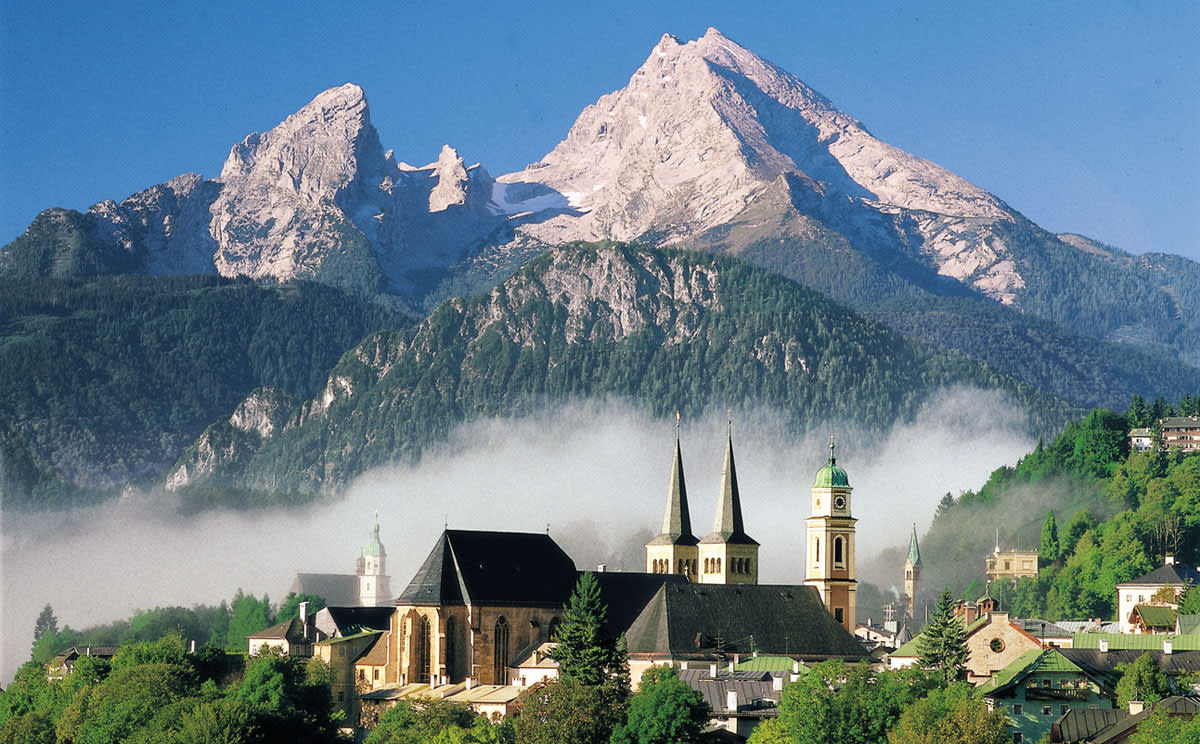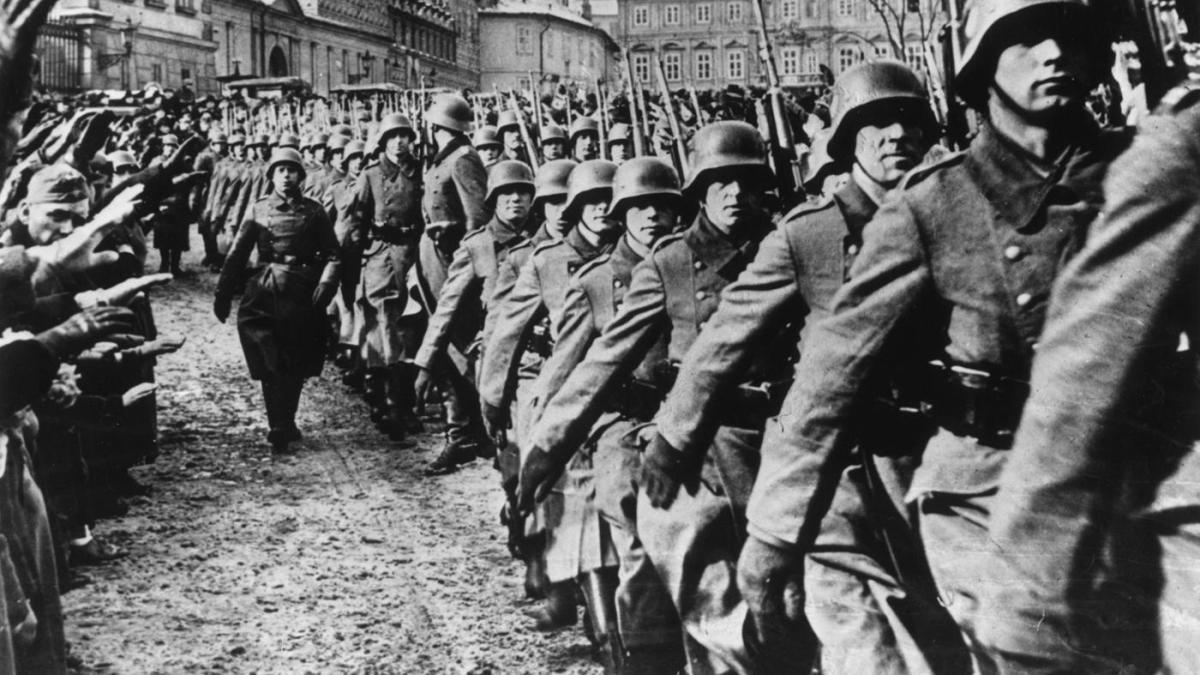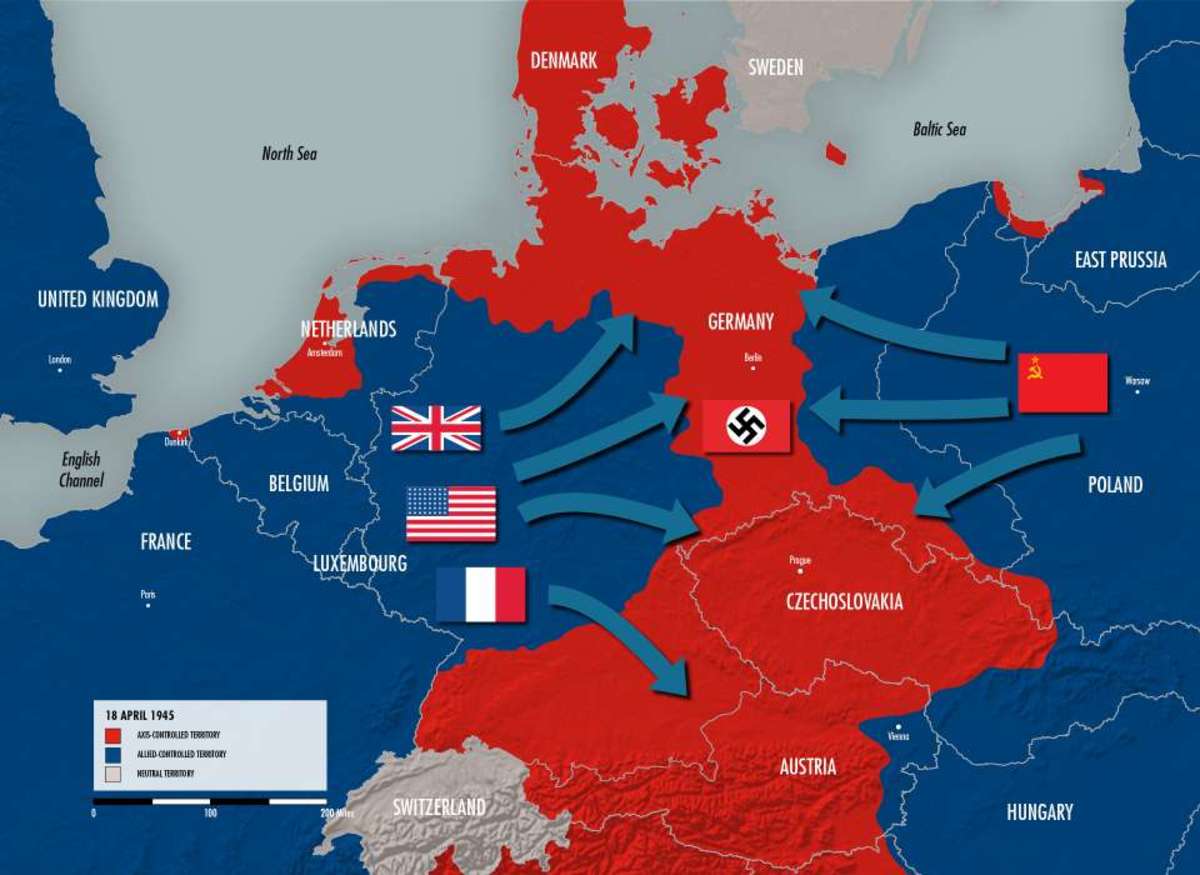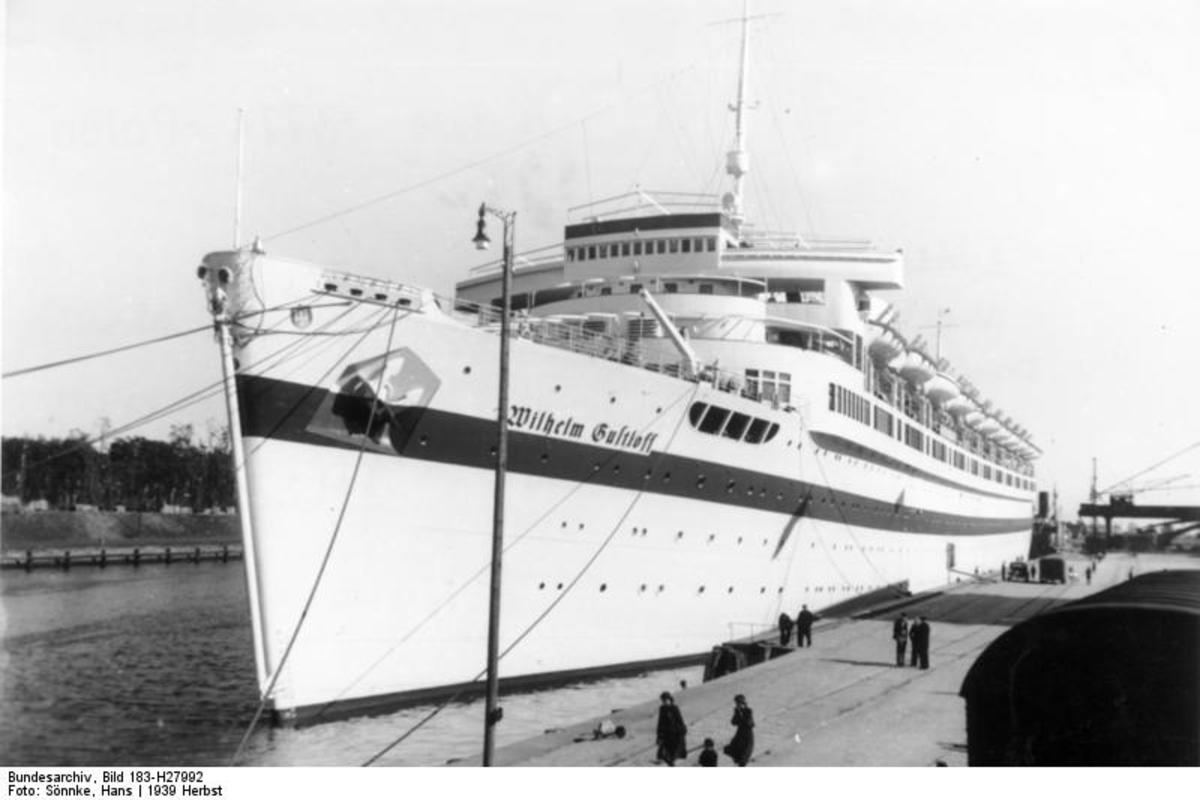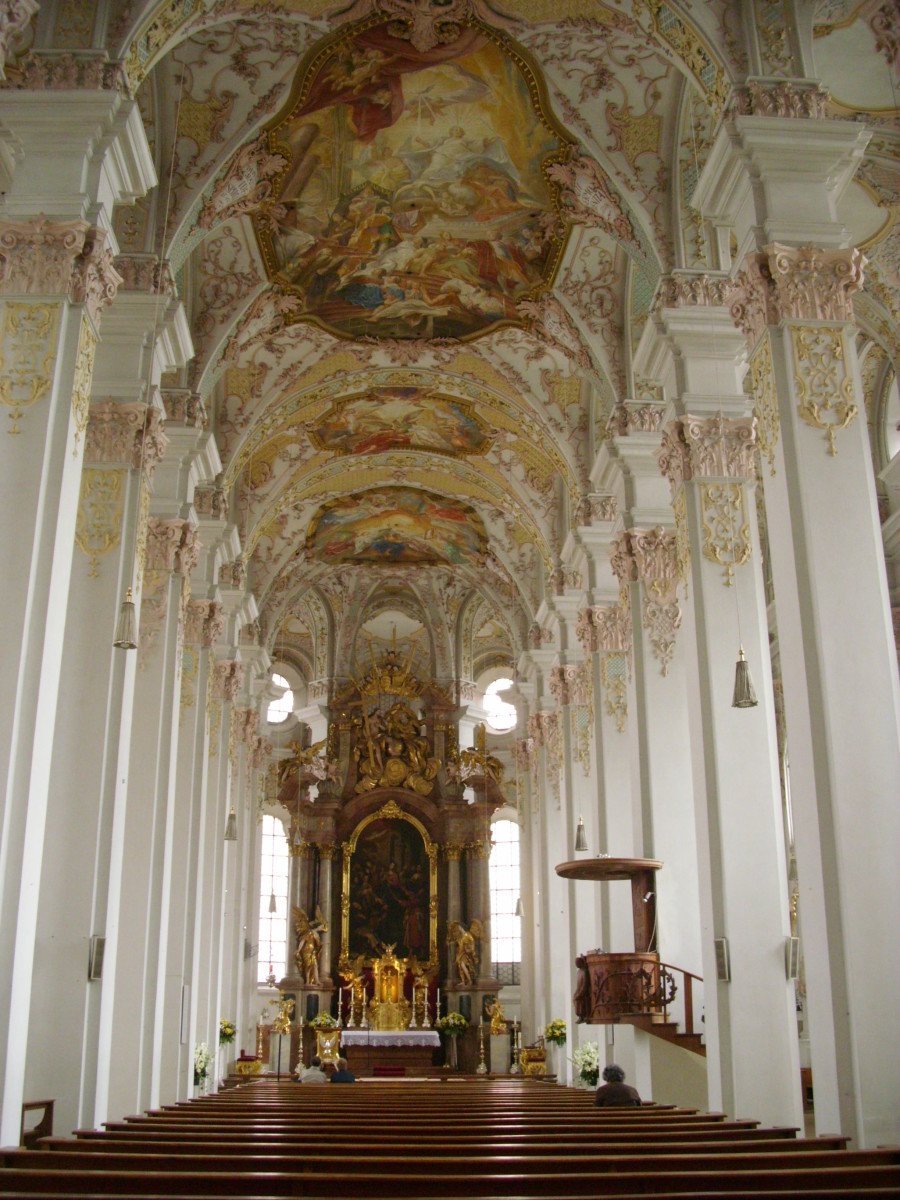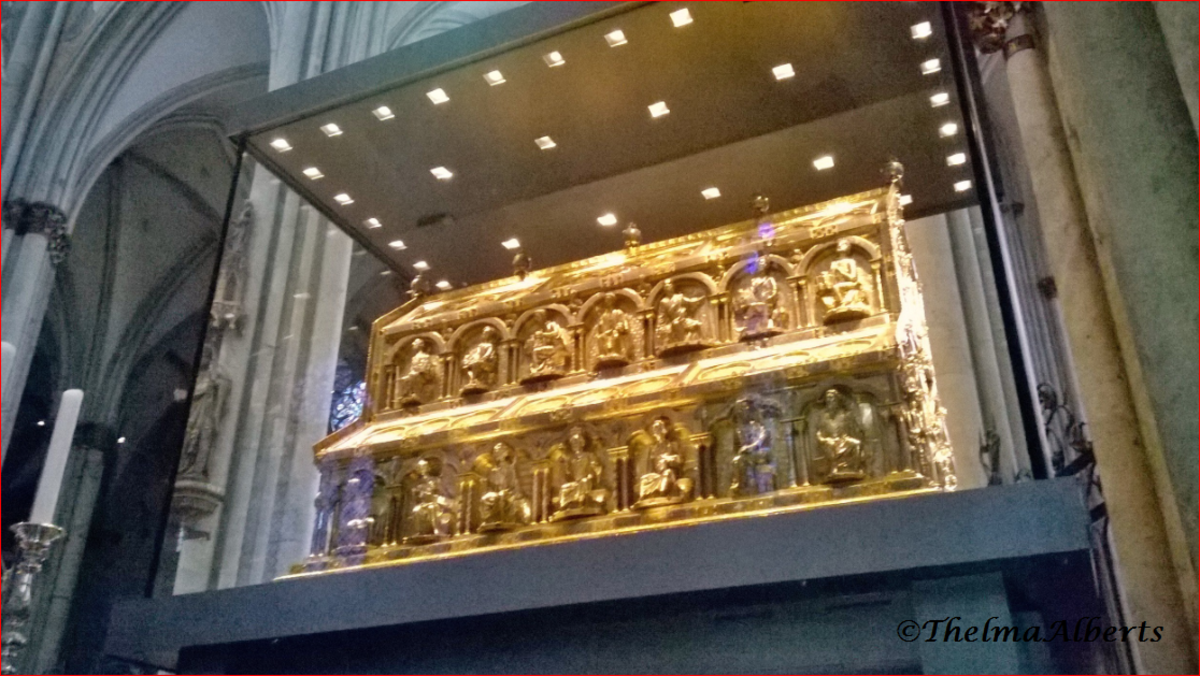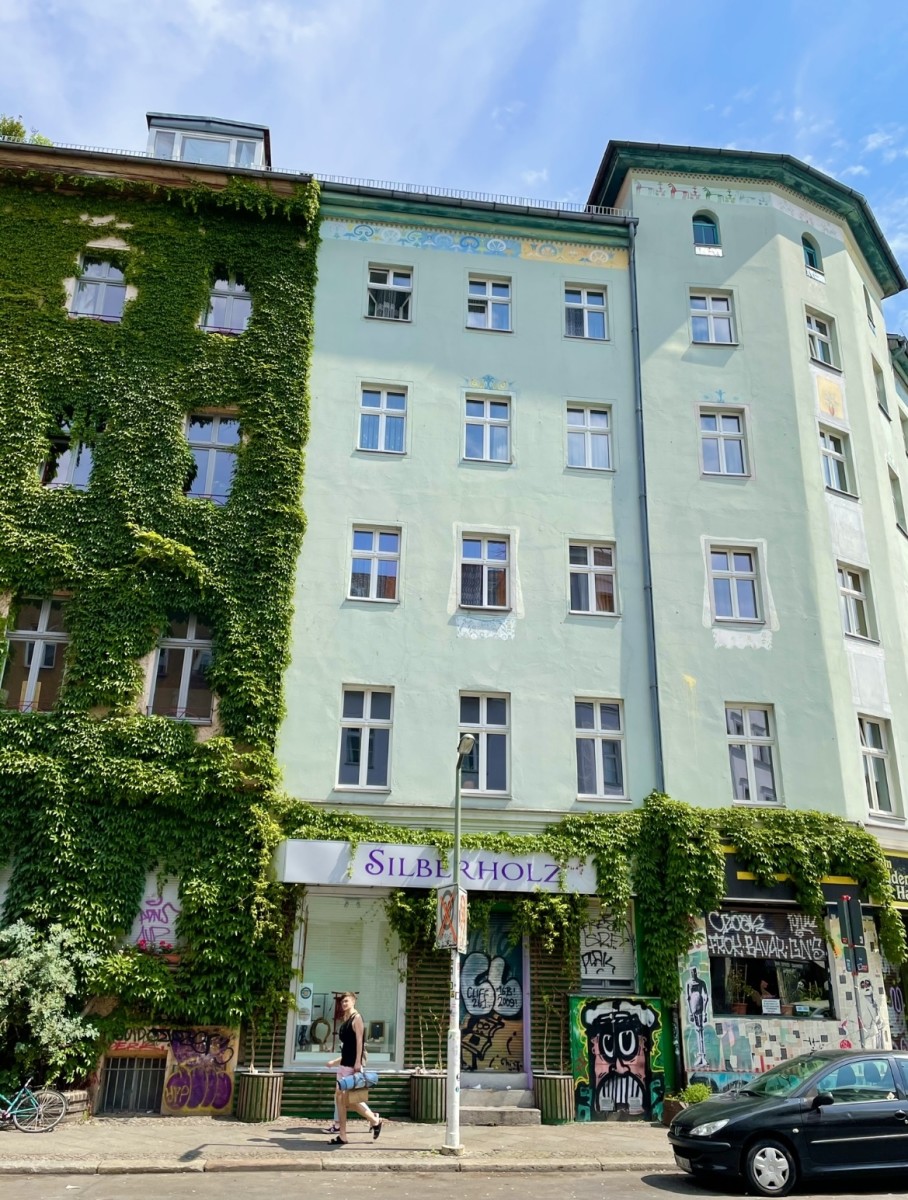Visiting the Brandenburg Gate, Berlin, Germany, and the Pariser Platz: open gates, and open questions
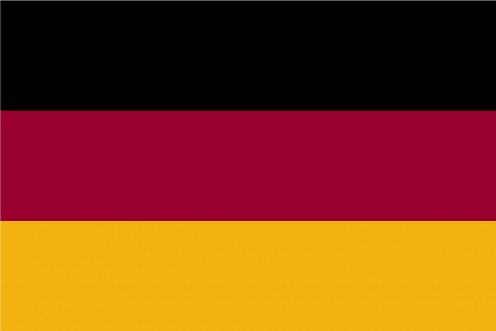
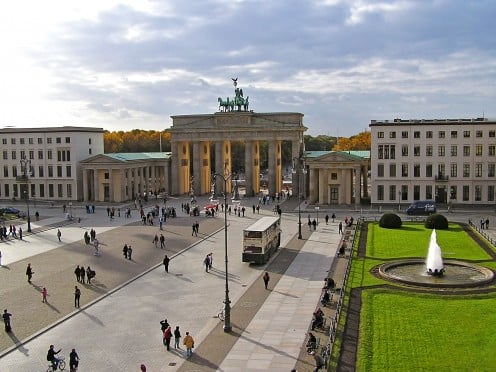
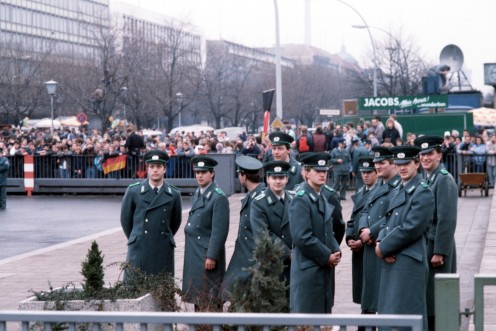
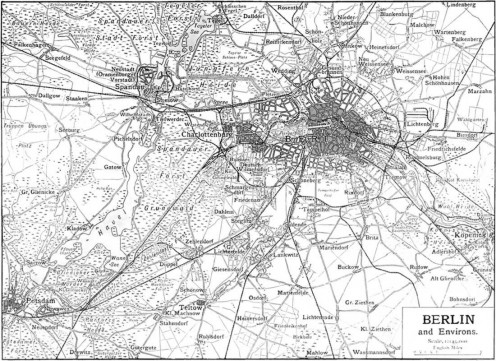
Looking beyond ideology; and aspiring toward geopolitical and social stability
The historic heart of Berlin is in what was East Berlin, prior to the fall of the Berlin Wall in 1989. The Brandenburg Gate (Brandenburger Tor ) was a symbolic focal point during Germany's — and Berlin's — division between East and West. Very visible from the Tiergarten in former Berlin (West), it was here that President John F. Kennedy , together with Federal German Chancellor Konrad Adenauer and Mayor of Berlin (West) Willy Brandt made his famous — if ungrammatical — speech in 1963. It was here that President Ronald Reagan famously challenged Soviet Union's General Secretary Mikhail Gorbachev to open the Gate.
On the opposite side of the Pariser Platz, east of the Brandenburg Gate, is situated the Hotel Adlon, one of the world's great, historic hotels. Founded in 1907 by Lorenz Adlon , it was a hub of interwar society. Partially destroyed in World War 2, it was eventually rebuilt, and opened in 1997 as the Berlin Hotel Adlon Kempinski, and subsequently expanded.
When I visited Berlin, I walked along Unter den Linden , the historic avenue which leads eastwards from the Pariser Platz, where the Brandenburg Gate is situated. As I proceeded along Unter den Linden , which has 'come alive' again since the free movement of Berliners has been allowed from 1989 onwards, pieces of the deeply resented Berlin Wall were being sold (presumably in authentic specimens...).
All back to 'normal'...?
All simple? All back to 'normal' again? Well, German history is not as straightforward as this.
First of all, why was there a Wall in the first place? Well, in fact, it was not the Soviet Union which built the Wall immediately after 1945, when the Red Army famously took the city from the defeated Nazi régime, floundering around Hilter's bunker, a few hundred metres to the south of the Brandenburg Gate. The Berlin Wall, which passed through the Brandenburg Gate, was actually built in 1961 by the East German (or German Democratic Republic's) authorities, albeit with the blessing of Soviet Chairman Kruschchev, as records reveal, in order to stop an ongoing flight of the workforce.
In a sense, it worked. The marked economic differences between the two functioning Eastern and Western economies were coming under ever increasing strain — something Federal German leaders somewhat overlooked after 1990. In the East, stabilization was a much coveted result of the Wall, and in the West — accompanied by hostile PR rhetoric — considerable private relief in defence and security circles, because the Wall's existence sent a strong signal that the Eastern Bloc was not planning a strategic intervention in West Berlin in the near to medium term future. In this way, the Western powers owed East German leader Walter Ulbricht and Soviet leader Nikita Krushchev a measure of gratitude which they could not openly acknowledge. Thus, East Germany officially announced that the Wall was erected to combat fascism, and the Western Powers indulged in complaining furiously. Both sides were, in fact, quite content with the closure of the Brandenburg Gate, while, for their differing reasons, they were unable to be fully candid with the people of Berlin, whose views were, naturally, not seen as a significant factor in security circles on either side of the Wall.
Thus, an effect of the Wall was to solidify in the East a relatively stable and relatively prosperous state. Indeed, some years later, East Germany's per capita GDP rose above that of the United Kingdom. So when people somewhat glibly speak about the West's inherent economic superiority, it begs explanations for such statistics, which, however, it might also be said, do not tell the whole story. Even though something akin to full employment and to universal health care emerged, in practice, hierarchies of privilege also came with these developments. There were also numerous sanguinary incidents as hapless refugees would try to leave the East over the Wall, without an exit visa.
But it should have come as no surprise to North Americans when, after 1989 and the collapse of Communism, some Eastern European electorates voted (reconstituted) socialist governments into office again. (Just as it should not have come as any surprise to unreconstructed conservatives in Canada in 1942 that Toronto should elect a socialist in preference to the brimstone-spitting former Prime Minister Arthur Meighen perceived as identified with Depresssion-era capitalists and even war-profiteering friends from World War 1.)
So, yes, when the Brandenburg Gate was opened in 1989, young people were celebrating increased freedoms for individuals and enrichment prospects for some of those individuals. And Leonard Bernstein conducted the Berlin Philharmonic Orchestra at the end of 1989, playing Beethoven's 'Ode to Joy', regarded as the European Anthem. And Willy Brandt famously said: 'What belongs together, comes together'. And feelings were stirred. And formal German unification followed in 1990. But were the young people really celebrating the demise of full employment (or something akin to it)? This is open to doubt. And in the light of subsequent events and unemployment trends, one may doubt this rather strongly; indeed, some of the consequences of the Wall's removal were clearly not in view amidst the celebrations of 1989 and 1990. So is it too unsettling for North Americans to look closely at German and European history? Or, instead, does German and European history help North Americans understand themselves?
Thus, the Wall's erection by the Eastern government in 1961 occurred for specific reasons, and its opening — again, by the East German government in 1989 — also occurred for specific reasons. Leaving aside the rhetoric of Western politicians, those reasons were not dissimilar to the reasons for its erection in 1961. In 1989 East Germans opened the Brandenburg Gate to stop young people haemorrhaging away though Hungary, whose fellow-communist leaders didn't want East German young people camping indefinitely in their country, and preferred to pass the buck to someone else by opening the Iron Curtain with Austria. However, the Soviet guarantee in East Germany was no longer solid, because East German-style relative economic success did not apply in the Soviet Union, and the authorities of the German Democratic Republic were unable to fend off other changes in East Germany.
Thus, the Wall went up at the behest of the East German authorities and it came down at their behest, also, always, as circumstances developed, the authorities seeking to maintain some kind of stability by these successive steps.
The pursuit of some measure of stability and the minimizing of surprises, were thus leitmotive in the actions of the East German authorities, whatever their shortcomings were, and they were many and deep. This may also explain the East German response to the repeated incursions, with an aura of supposed invincibility, of US Lockheed SR71 spy-planes into East German (and, ironically, neutral Swedish) airspace. Some of the more powerful MiGs, when flying in a dive, and waiting along the SR71's expected flight path between Swedish island of Oeland and the East German island of Ruegen, did have the capacity to shoot down SR71s with air to air missiles. However — it is claimed — it was not in the interests of the German Democratic Republic to risk starting wars unecessarily (or for the Eastern Bloc to paint itself diplomatically into a corner, as happened in 1960, after Gary Powers' U-2 spy-plane was shot down over the Soviet Union).
What was perceived to be in East Germany's interests, however, was to know what the other side was doing and to avoid surprises. In fact, this was East Germany's foreign intelligence strategy, as stated by East Germany's veteran spymaster Markus Wolf, operations which in many ways were hugely successful.
Do all these events, which bear relevance to the West's relations with the former East Germany, obscure the fact that the Brandenburg Gate has actually witnessed many key moments in German history? No, they do not. Interestingly, prior to the arrival of the Red Army in April 1945 in the vicinity of the Brandenburg Gate, the adjacent Tiergarten saw the last flight of German aviation for several years, with the take-off of a Fieseler Storch , piloted by the aviator Hanna Reitsch (1).
But because the ideological issues involved over the past 70 to 80 years of German history have been so great — the successive threats of Nazism and communism — it is easy to overlook many factors and underlying tensions which may be influential amidst some of the more publicized events.
Futher history...
1989 and 1990 were not the only occasions that German unification was celebrated at the Brandenburg Gate. In 1870, the Gate was festooned by flags and a slogan invoking Divine intervention in French defeat at the battle of Sedan, which precipitated the unification of the German states under Emperor William 1.
The Gate itself was built in 1788-1791, commissioned by King Frederick William II of Prussia. Thus, its commencement dates from the era before the French Revolution, out of which much of the ideology of nationalism and popular sovereignty emerged.
It is thus rather an irony that after 1989 the Gate has been seen as somewhat of a symbol of German nationhood.
But Germany has been experiencing great, cataclysmic, historic changes for centuries, and future generations should not be surprised if such events eventually happen again. Witnessed, of course, by the Brandenburg Gate.
Also worth seeing
Berlin's historical and cultural sites are too numerous to mention here, but a few of these include the following:
The Reichstag building (distance: 0.4 km), with its prominent inscription Dem Deutschen Volke (To the German people) has been beautifully restored and forms part of the Bundestag (Parliament complex).
Humboldt University of Berlin (Humboldt-Universitaet zu Berlin ; distance: 1.6 kilometres) is one of the world's great academic institutions, founded in 1810. 40 Nobel prizewinners have been associated with the university, including Albert Einstein (later forced to decamp to Princeton, New Jersey). After 1933, thousands of the university's books were publicly burned by propaganda chief Joseph Goebbels (2). The pillared stonework of its entrance at 6, Unter den Linden has been restored in recent years.
Berlin Cathedral (Berliner Dom ; distance: 1.7 kilometres), is a massive, domed landmark, just off Unter den Linden .
The TV Tower (Fernsehturm ; distance: 2.3 kilometres), the tallest structure in Germany, it was major architectural achievement — if a controversial one — of East German leader Walter Ulbricht . The Tower was previously seen as a symbol of the German Democratic Republic, and is still regarded as a symbol of Berlin.
Notes
(1) Hanna Reitsch had various aviation achievements to her credit; some of her records still stand. German aviation — as opposed to the aviation of the occupying powers, notably, in the Berlin Airlift of 1948/49 — ceased until 1955 when — powered — civilian flights resumed, and the German airline Lufthansa , became a major success story. In the East, Interflug eventually became the state airline. Recommencement of German aviation and rearmament in the 1950s can be understood in the rhetorical context of affirming a state's right to control its airspace and take responsibility for its defence. But it can also be understood in terms of Allied countries, with heavy defence burdens, unwilling to see Federal Germans develop a competitive advantage over their own corporations. Thus also, the Federal German constitutional ban on its soldiers serving overseas could in turn be understood as an idealistic stance masking an underlying, vested interest in knowing that future governments would not have to budget for such.
(2) In the 1950s, when some US embassy libraries started purging books from their shelves at the behest of Senator Joseph McCarthy , President Dwight D. Eisenhower — himself a past President of New York's Columbia University — pointedly encouraged readers to read all the books in their library.
...
How to get there: United Airlines flies from New York Newark to Berlin Tegel Airport (Flughafen Berlin-Tegel ), where car rental is available. Please check with the airline or your travel agent for up to date information.
MJFenn is an independent travel writer based in Ontario, Canada.
Other of my hubpages may also be of interest
- Visiting Berlin's Reichstag: Germany's history, past and future
Berlin's beautifully restored Reichstag building, with its prominent inscription Dem Deutschen Volke (To the German people), where the German parliament first met in 1894, is one of Germany's... - Visiting Duesseldorf, Germany and its central railroad station: secrets revealed in changing archite
As is very widely appreciated, the face of many German, and other European, cities changed greatly in the course of the mid-20th century, not least on account of the immense changes brought about by World War... - Visiting Vaalserquartier and Dreilaendereck at Aachen, Germany: three countries meet
Aachen's Vaalserquartier is an outlying district of Germany's historic city of Aachen, but a fascinating one. From the built up area comprising Vaalserquartier and Vaals a number of paths lead up by foot... - Visiting Gothenburg, Sweden, and its rocky coast
Gothenburg and the adjoining historic area (Swedish: Gteborg och Bohus) make for a fascinating introduction to a dynamic part of Sweden. Particularly during the winter months, for the local people along...


